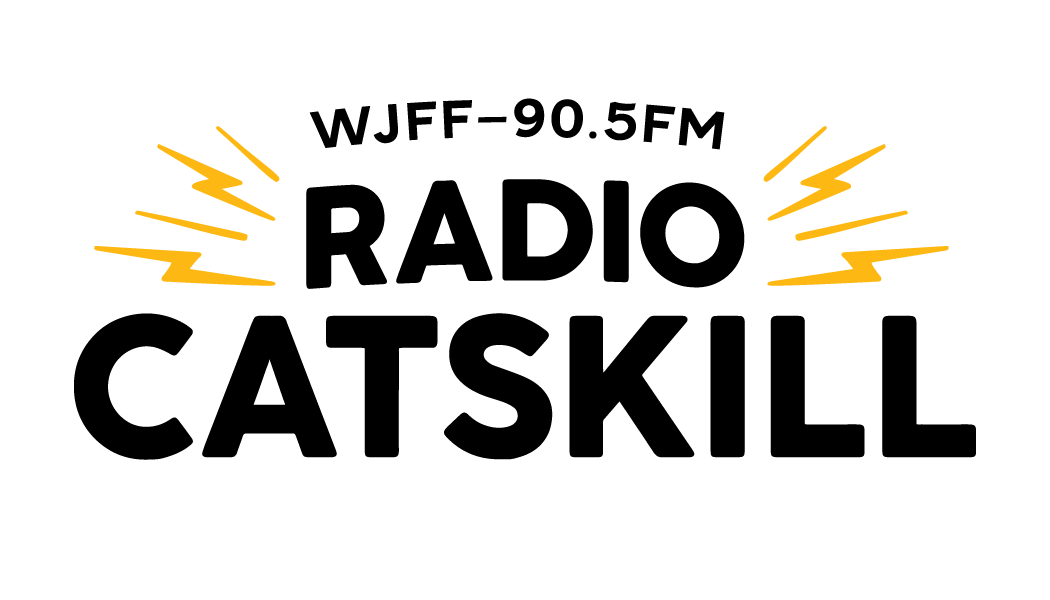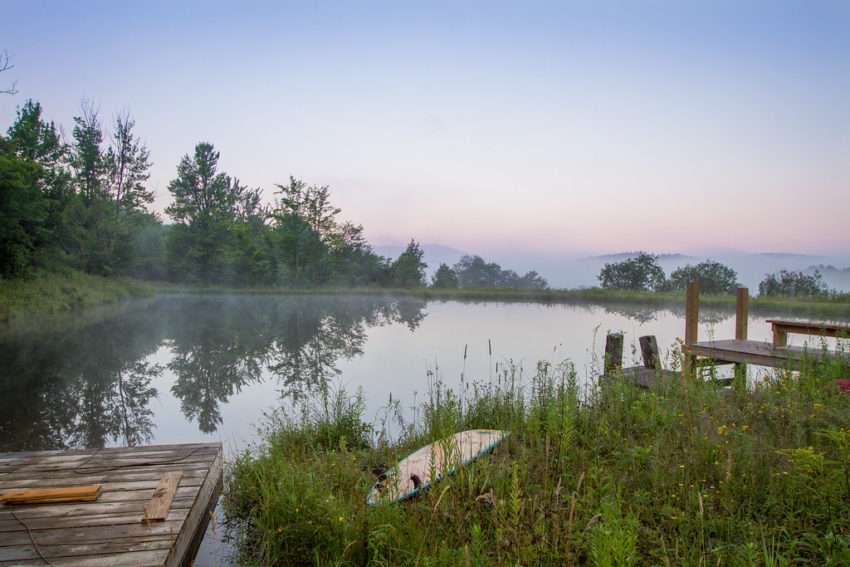More than 100 people died after devastating flash floods tore through central Texas during Fourth of July weekend, with at least 28 children confirmed dead. More than 160 people are still reported missing, according to Texas Governor Greg Abbott. Flash floods can become deadly and devastate entire ecosystems.
In New York, heavy rainfall and flash floods are becoming increasingly common.
According to Sarah Coney, Aquatic Invasive Species Manager at The Catskill Center, these flash floods are growing more common – in part, due to climate change.
“[We are] expected to see more frequent and severe flooding unfortunately here in New York due to this change in precipitation patterns and overall increase in precipitation,” said Coney, who preserves the state’s aquatic ecosystems by managing invasive species across 3.3 million acres in the Delaware, Susquehanna, and Hudson River Watersheds.
Flash floods can threaten New York’s aquatic ecosystems by speeding up the spread of aquatic invasive species such as water chestnuts and spotted lanternflies. Coney says these species are dangerous for the region’s ecosystems because they compete with native species.
“[Invasive species] can actually have a lot of effects on abiotic factors like the water quality. It can decrease water quality. It can change temperature stratification. It limits habitat for a lot of our waterfowl, so there are a lot of really negative ecological consequences,” she added.
The effects of flooding can also travel across state lines. Earlier this year, heavy rain and tornadoes hit the South and Midwest regions of the country. Invasive carp originally kept in fish facilities ended up in the Mississippi Watershed after the storms. Coney says those invasive species are now making their way from Mississippi to New York’s Great Lakes region.
“We’ve been spending billions of dollars to try to keep them out of the Great Lakes with varying levels of success unfortunately.”
With expected warmer, wetter weather to come, Coney warns these conditions will likely cause these invasive species to spread further.
Image: A body of water surrounded by grasslands and wooden docks in the Catskills region (Photo Credit: The Catskill Center)

